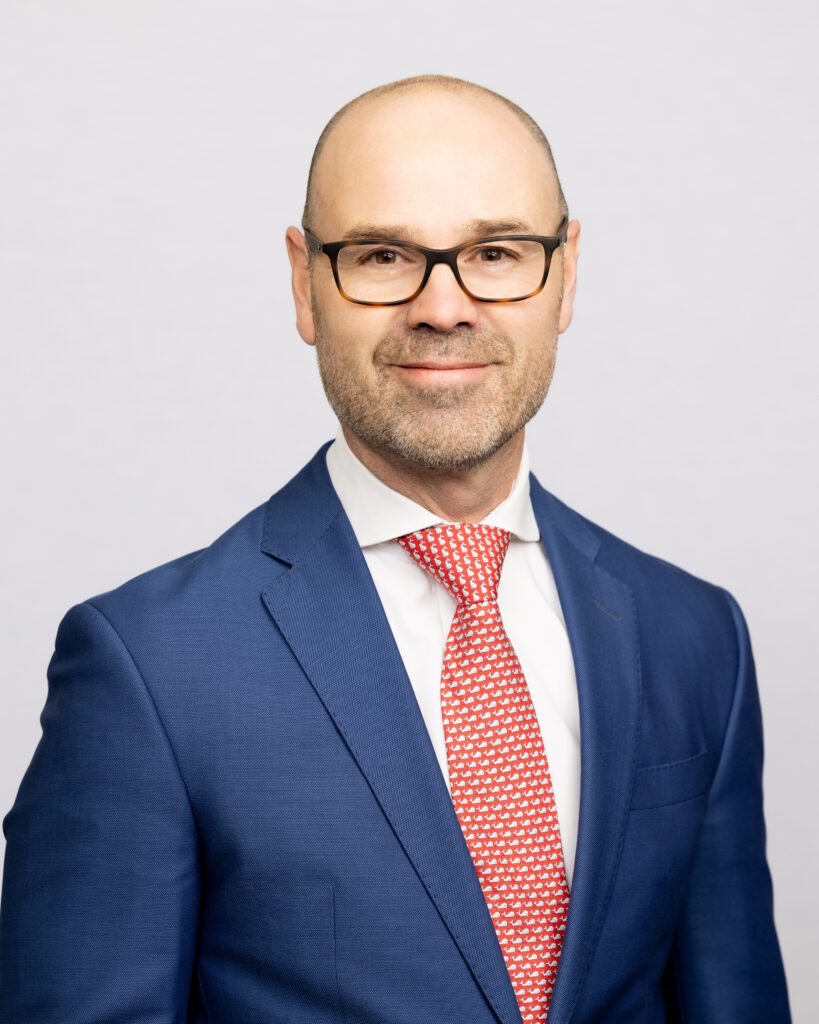This is the first in a series of articles by PBY Capital that examines the multi-family office landscape.
Canada’s wealth management industry is changing rapidly as two important trends take hold: intensifying competition for high-net-worth clients, and an aging advisor demographic that is putting increased focus on succession planning. These new market dynamics are paving the way for consolidation and fuelling a growing appetite for mergers and acquisitions.
While M&A transactions are a long-standing growth strategy across industries, the reality is that the majority—an estimated 70 per cent to 90 per cent, according to the Harvard Business Review—fail to meet expectations. It’s rare to get an insider’s look at what it takes to successfully integrate two former competitors. Canadian Family Offices recently sat down with Patrimonica’s Mark-Olivier McNulty and Normand Coulombe for a candid discussion to learn how they navigated the process and their best advice for other multi-family offices preparing for an acquisition.
*Note: responses have been edited for clarity
What was the genesis of the merger between Patrimonica Multifamily Office and iNFiNi-t Wealth Management Advisors?
Normand Coulombe, founder of iNFiNi-t Wealth Managers: I had been thinking about succession planning and merging with a firm with an accounting and tax practice to complement our advisory services for about five years before I started talking with Diane Henry, founder of Patrimonica. I had grown the business over 20 years with the majority of my clients with me from the start. They trusted me and I was the main relationship, but I was getting older and merging with another multi-family office would give them access to a bigger team. Those first discussions with Diane were in 2020, just before Covid-19. By 2021, a lot of other firms had reached out, but Patrimonica stood out for a number of reasons. Like iNFiNi-t, they are independent—they were not trying to sell products. This was paramount. They are focused on managing managers, not selecting stocks and bonds. They had the advisory services my clients were looking for, and I had known Diane and Mark-Olivier for years. The trust was there. When Mark-Olivier called, I thought this was the time to get serious about a merger.

Mark-Olivier McNulty: Patrimonica was at a point where to grow and keep employees, we had to have a growth path. We were 14 people in the Asset Management team, Normand’s team was about 10. You quickly realize you’re one departure away from being in trouble when you are a small team. We wanted to increase our bench to continue to offer that high service level clients were accustomed to. We also wanted to grow assets under management to a size that would benefit clients. We needed to find a firm that was 100 per cent independent, with great people, provided excellent service, shared a similar investment philosophy, and would allow clients on both sides to benefit. We reached out to Normand on Aug. 31, 2021. Two weeks into discussions, we knew it would work out well. We got the deal done in about three months and closed on March 31, 2022.
What did the integration of the two firms look like? Can you explain the process?
Normand: Once the merger was official, we sent a letter to our clients explaining why we did this and the value-add they would get. I met with clients to let them know it would be business as usual and then started introducing them to Mark-Olivier and other key people from Patrimonica. It took 18 months. Now, we have more people managing relationships and clients feel comfortable and reassured that the service level has remained the same. The clients didn’t decide to merge. It was up to us to be patient. We had two different reporting/portfolio management systems, and we kept them operating in parallel for six months.
Part of the temptation is to go too fast. For the sake of efficiency, you want to have one system. But that can’t happen until you make sure your clients are comfortable with the changes. Patrimonica’s people had to learn our system until we were ready to migrate over to theirs, and we onboarded a couple of our clients at a time.
Mark-Olivier: Neither of us had done a firm integration, but we had a clear plan of over- communicating with clients throughout the process to make sure they felt secure. We had three-, six-, and 12-month objectives and checks to assess and decide what the next 12 months would look like. The families, many of whom were entrepreneurs who had been through acquisitions and integrations, understood and even provided great feedback. We thought it would take anywhere from 12 to 24 months to complete the integration. The reality is, it takes more than that.
What has the impact been?
Mark-Olivier: The integration was all about providing clients with the same high-quality service, access to a wider team, higher-quality investment strategies, complementary advisory services, and state-of-the art reporting, which allow us to remain leaders in the industry. Because we have a much larger pool of assets and have a very institutional approach, the top global investment firms suddenly want us to partner with them. We can also negotiate our access to the advisory committee. Our scale also means clients benefit from discounted fees. We are now significantly investing time and money in artificial intelligence and machine-learning tools to enhance our scalability.

Why do you think the merger was successful?
Mark-Olivier: There are five key indicators that we follow to assess our success:
- Has the culture stayed the same? Integrating our organizational cultures was one of the easiest aspects of the merger because we already knew each other well and we shared the same core values: independence, being focused on humans, innovation and excellence. We’ve grown from 20 to 40 people and are a tight-knit group. People enjoy working with each other.
- Are employees happy and are they collaborating as one team? The two firms had different experience levels and different clients. Our team was already growing, and the addition of Normand’s team was very beneficial. Now, we have depth and this is very comforting and motivating for all members of the team.
- Did you keep your clients? iNFiNi-t had 40 families and Patrimonica had 50 families when we merged. Today we have 130 and continue to grow, with almost no attrition. Our clients trust the team and the philosophy.
- Have clients gained anything out of this? Clients have access to better technology, top-of-the-line strategies at very competitive costs, plus added services.
- Can you have tough internal conversations and move forward? This comes back to our core value of being focused on humans. Everything we do is for the benefit of our clients and employees. We have to be honest and transparent with each other.
Normand: One of the things that can tear firms apart is when the expectations of the professionals are not met, or they don’t find their place in the new business. I wanted to focus on relationships with clients. It was clear that Mark-Olivier was going to spearhead the team going forward. The roles were made clear to everyone from the beginning. That removes friction and makes it easy to work together.
What advice do you have for other MFOs considering a merger?
Mark-Olivier: Go into business with like-minded people, this is paramount. Carefully understand the integration of technology. Make sure you over-communicate with clients to make them feel comfortable at all times. The worst thing that can happen is having a client or an employee who is not happy but not telling you and then leaving.
What is your vision for the firm going forward?
Mark-Olivier: We want to continue to make sure employees are happy, motivated, and that they can grow internally. We want to continue to help our families achieve their goals and to find more like-minded partners. Will we do this again? We think so. As long as we keep the core values in place, it will be the same recipe.
Disclaimer: This story was created by Canadian Family Offices’ commercial content division on behalf of PBY Capital, a member and content provider of this publication.
PBY Capital Limited is registered as an exempt market dealer, portfolio manager and investment fund manager with Canadian provincial securities regulatory authorities, servicing family offices and their professionals. For more information, visit: www.pbycapital.com. The opinions and information provided in this article are solely those of the writer and are not to be construed as personal, legal, accounting, taxation, or investment advice, or as an endorsement of any entity.

